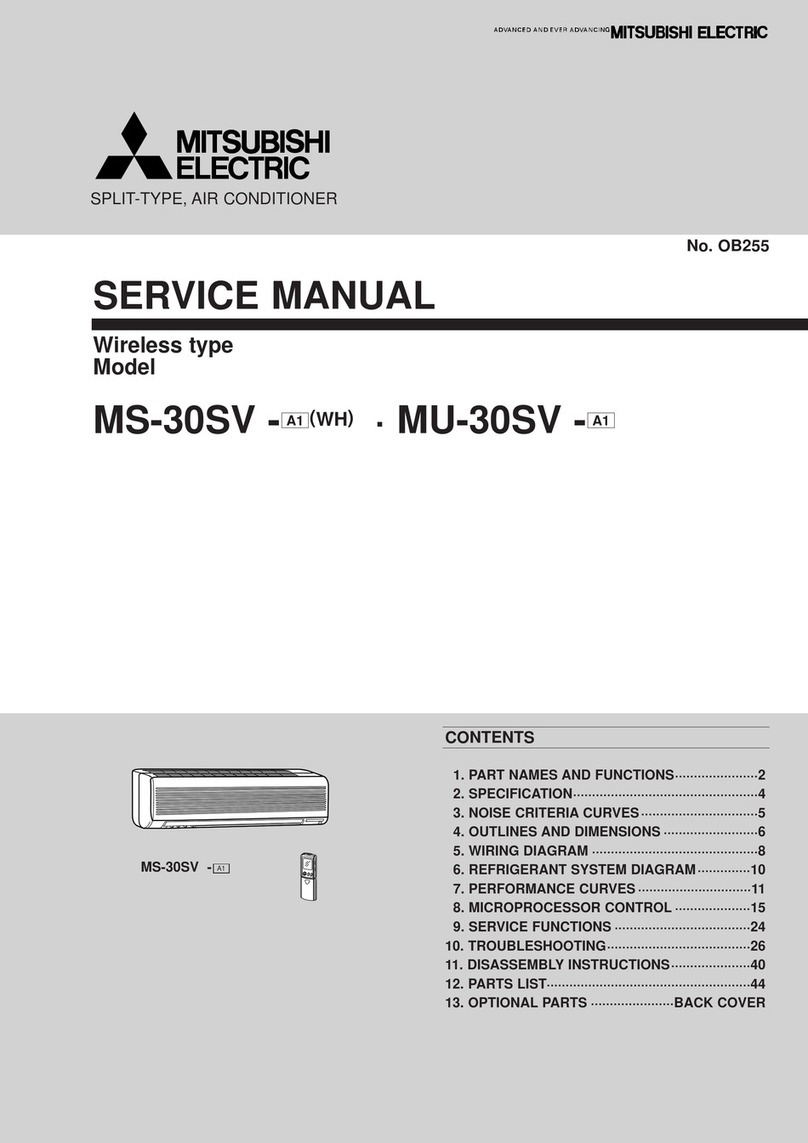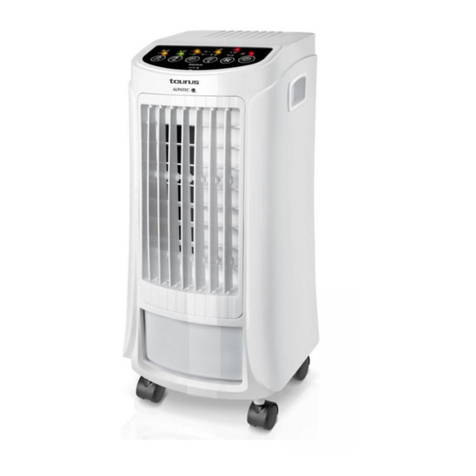Mitsubishi Electric PWFY-P200VM-E-AU Product guide
Other Mitsubishi Electric Air Conditioner manuals

Mitsubishi Electric
Mitsubishi Electric PEA-M200LA Operating manual

Mitsubishi Electric
Mitsubishi Electric Mr. SLIM PC-6GJSA User manual

Mitsubishi Electric
Mitsubishi Electric MSY-GJ10VA User manual

Mitsubishi Electric
Mitsubishi Electric CITY MULTI PQHY-P400YSGM-A User manual

Mitsubishi Electric
Mitsubishi Electric MSZ-A09/A12YV Series User manual

Mitsubishi Electric
Mitsubishi Electric MSZ-HR35VFK User manual

Mitsubishi Electric
Mitsubishi Electric Mr.Slim MUZ-GC25NA - C1 User manual
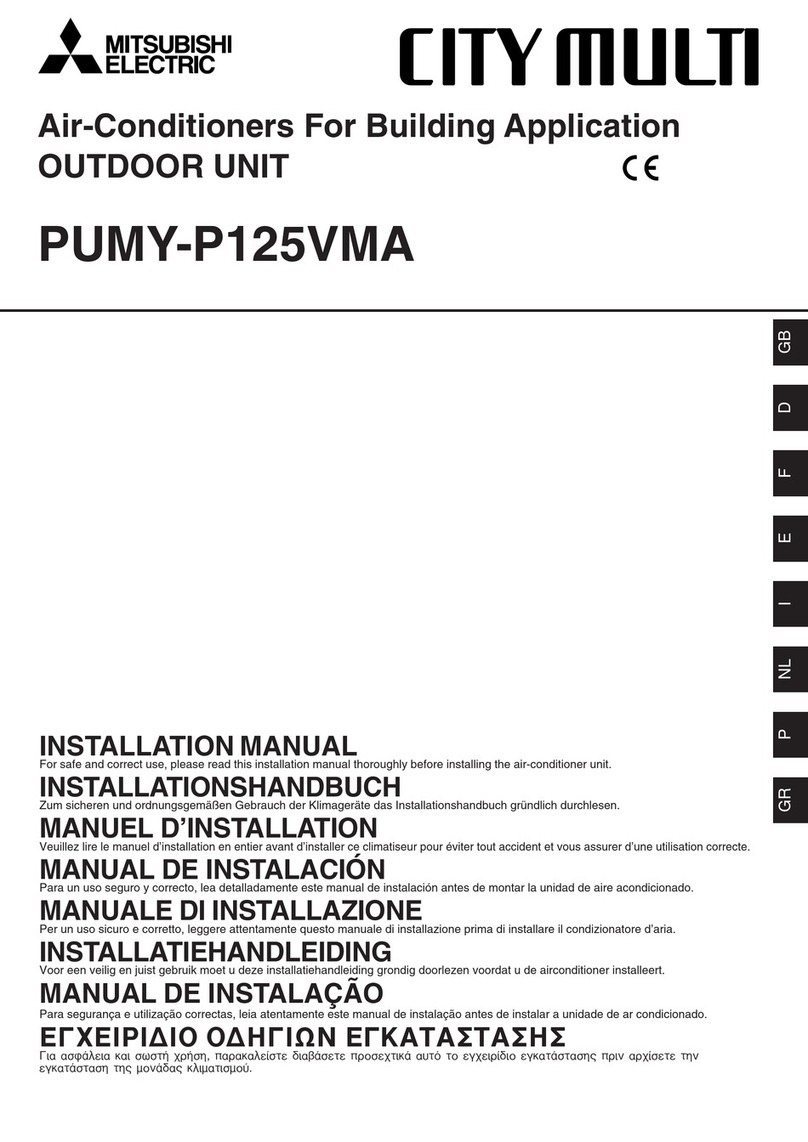
Mitsubishi Electric
Mitsubishi Electric PUMY-P125VKM4 User manual

Mitsubishi Electric
Mitsubishi Electric SLZ-KA50VA User manual

Mitsubishi Electric
Mitsubishi Electric Mr. Slim MSY-GE09NA User manual

Mitsubishi Electric
Mitsubishi Electric Mr.Slim SUZ-KA25VA5 User manual

Mitsubishi Electric
Mitsubishi Electric MSZ-D30NA User manual

Mitsubishi Electric
Mitsubishi Electric City Multi PUHY-RP-YJM-B User manual

Mitsubishi Electric
Mitsubishi Electric GUG-01SL-E User manual

Mitsubishi Electric
Mitsubishi Electric American Standard NAXWST06A112A Series User manual
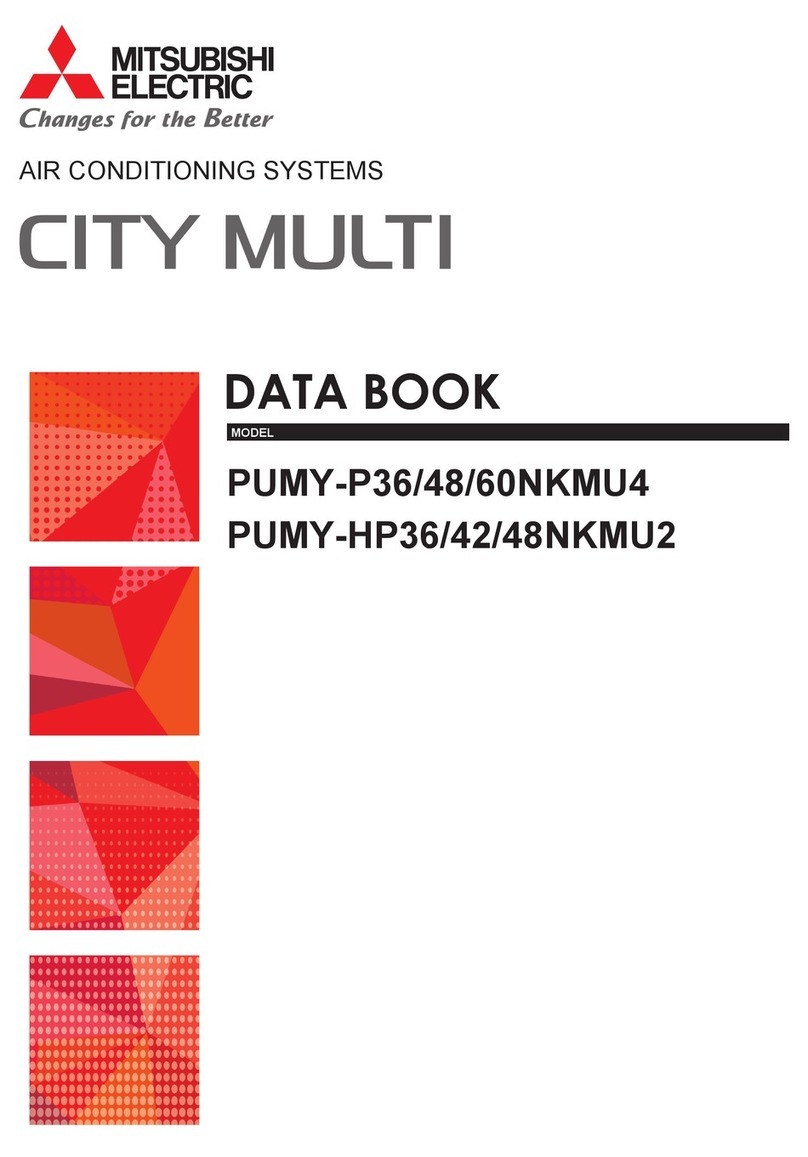
Mitsubishi Electric
Mitsubishi Electric PUMY-P48NKMU4 Product guide

Mitsubishi Electric
Mitsubishi Electric MS-CP18VA User manual

Mitsubishi Electric
Mitsubishi Electric Mr. Slim MXZ-2A20NA User manual
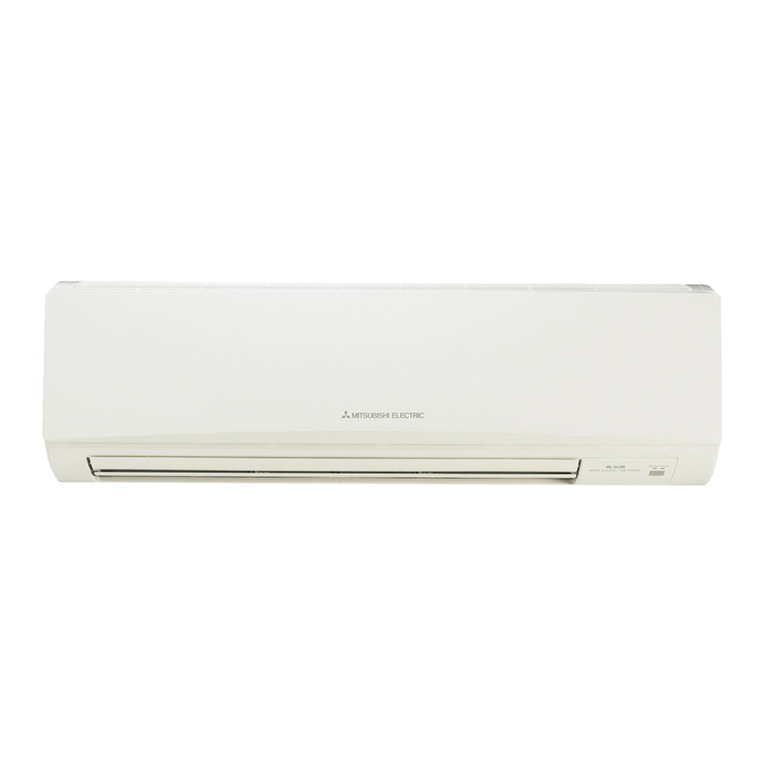
Mitsubishi Electric
Mitsubishi Electric MSZ-D30NA User manual
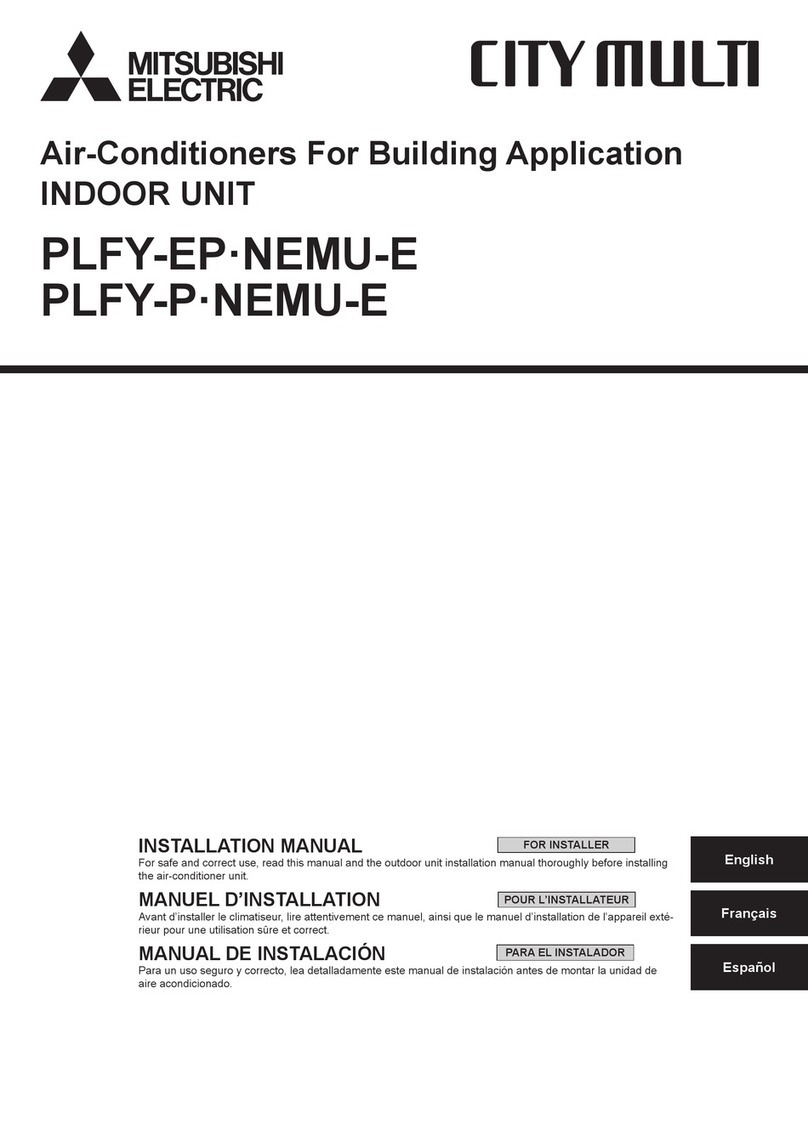
Mitsubishi Electric
Mitsubishi Electric CITY MULTI PLFY-EP NEMU-E Series User manual
Popular Air Conditioner manuals by other brands

Fujitsu
Fujitsu ASYG 09 LLCA installation manual

York
York HVHC 07-12DS Installation & owner's manual

Carrier
Carrier Fan Coil 42B Installation, operation and maintenance manual

intensity
intensity IDUFCI60KC-3 installation manual

Frigidaire
Frigidaire FAC064K7A2 Factory parts catalog

Sanyo
Sanyo KS2432 instruction manual
